After years of low oil prices, the focus is on adding a lot of value for a little cost. SPE’s technical directors are talking about adding value to everything from a petroleum engineering degree to a wellbore.
A failure to do so can mean a degree that does not prepare a student to contribute after graduation, or a well whose production fades early.
Those working as petroleum engineers have a generation’s worth of challenges to address due to the push into unconventional development. Those results will determine how much value can be coaxed from these ultra-
tight rocks.
For those designing projects that will get built, it pays to think small. A standardized, modular design can deliver value at a cost that is lower, and more likely to come in within the budget.
Doing more with less in drilling means there are fewer drilling rigs in the world, and the job of many engineers still working will be to identify the best available technology to continue to reduce the number of rigs required.
Leaders need to be aware of the value that can be destroyed by mistakes made by humans interacting with complex systems.
And SPE needs to identify and support successful efforts to address health, safety, and environmental challenges, to help spread good ideas and show the difficult challenges the industry can and does address. The value of those efforts is often hard to measure, but it can be big.
Ramona Graves, Academia
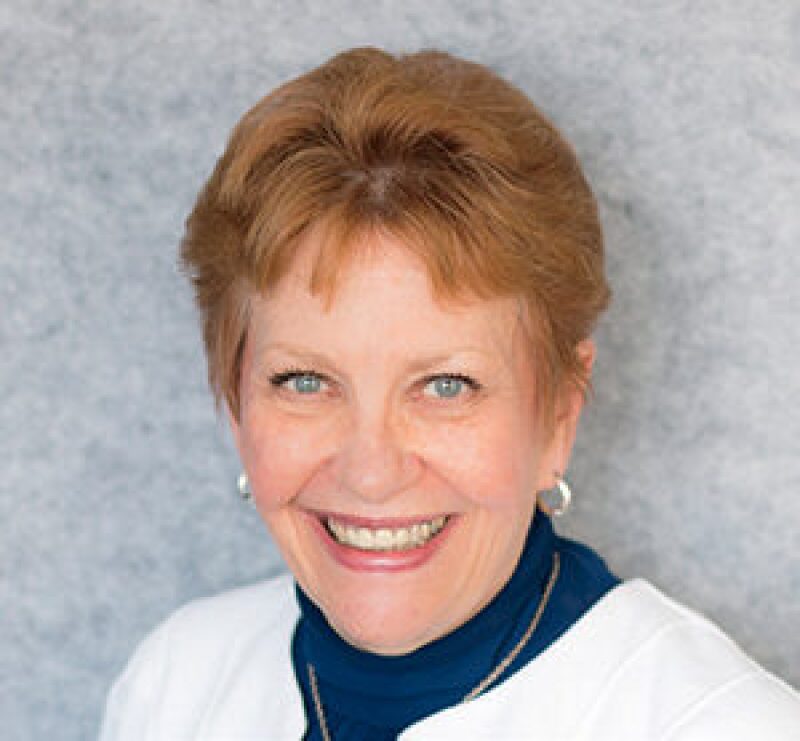
The value of a petroleum engineering degree varies widely, depending on where it was earned. In many universities in the developing world, where hiring local workers is essential, the petroleum engineering graduates are far from ready to begin contributing, said Ramona Graves, the director representing academia.
While they are likely to get chemical and mechanical engineering training, “they get almost zero petroleum engineering training as we define a petroleum engineer in SPE,” said Graves. Often missing are classes in geology, reservoir engineering, risk analysis, petroleum economics, and hydraulic fracturing.
As a result, companies operating in countries such as Africa, Central Asia, and even South America need to run full-time training programs to fill the gap, if they can afford to do so in a period when hiring and training budgets have been slashed.
The need is easy to see. Solutions are not so obvious. The petroleum engineering curricula developed in North America and Europe could fill those gaps, but is not universally applicable. The barriers to change include cultural differences, resource limits, and traditional ways of doing things.
Graves said petroleum engineers must learn to attack “open-ended design problems” in college, but in many languages the phrase does not translate.
Some countries lack the financial and human resources. In many places, the incoming students have been poorly prepared at the primary and secondary level. Often the faculty does not have the expertise required to add the courses needed to fill the gaps.
Starting this year, Graves will work on a project to help build a top-tier petroleum engineering program in Kazakhstan. She will be SPE’s point person on a partnership with the World Economic Forum to upgrade petroleum engineering training there. That is a country with huge reserves in and around the Caspian where the government is backing the effort because “oil is their lifeblood.”
That level of government, industry, and university support is not always the case. Progress will require a “partnership with SPE and with the industry. Without industry helping we do not have the ability to do this,” she said.
Innovative, lower-cost alternatives need to be found. That could include industry-supported short courses and teachers recruited from the ranks of working or retired professionals.
Student chapters need to join the effort, with programs teaching members how to use SPE to expand their knowledge, learn to lead others, and create a professional network.
Graves said her goals are more than anyone can expect to accomplish in 3 years, which is when the SPE director for academia position ends. The SPE Board voted to eliminate the position at the recent annual meeting, making her the second, and likely last, person to fill it.
While there are academics on the board, Graves notes they are busy representing “technical people. They are not representing the needs of petroleum engineering education.” She has one term to make the point that some person, or persons, need to be “thinking about the young people coming up.”
Jeff Moss, Drilling
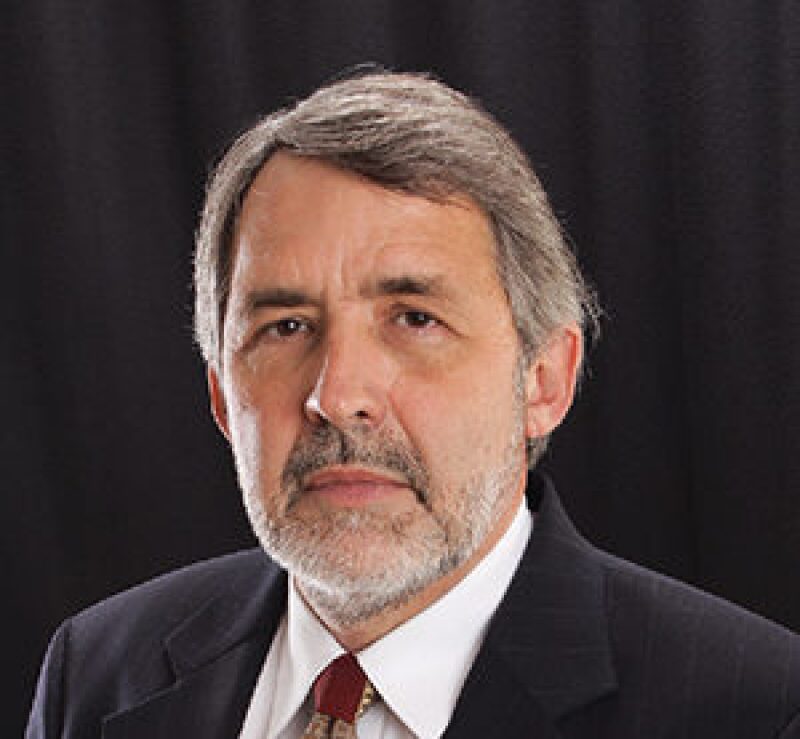
Drilling engineers are looking ahead to more years of managing jarring change. Jeff Moss, technical director for drilling, said the rapid increase in drilling productivity in recent years is a prelude to more of the same as drilling engineers sift through a flood of digitally controlled offerings promising even greater efficiency.
“Most of industry caught on to this quickly; the efficiency gains are there and they are very real,” Moss said. Even with the gains, further improvements are required because so many oil and gas sectors are marginally profitable at best. For example, offshore drilling remains challenged with deepwater day rates now about one-quarter of what they were at the peak.
“While deepwater technology is amazing, the costs are still very scary and not particularly competitive compared to a good unconventional basin,” Moss said.
There has been a 50% reduction in operating land rigs in the US with only modest production declines. Lateral lengths have progressed from 1,500 ft to 5,000 ft to the point where 10,000-ft laterals are now the base case for many operators. The time it takes to drill those wells has not increased as much because the pace is so much faster. “Drilling 1,000 feet a day used to be something you got a t-shirt for doing. Now 2,000 ft a day won’t get you a coffee cup,” Moss said.
Rapid rig modernization has helped make that possible. There are 500 new or modified 1,500-hp rigs in operation and more added every month. They provide a platform wired to allow the growing use of advanced measurements and automated controls.
Drilling engineers will need to figure out how to extract insights from the growing flood of data and integrate new systems into the operation. One sign of the time is how the mission of SPE’s Drilling Systems Automation Technical Section has shifted to focus more on assisting those trying to commercialize the vision it has spent years defining.
The growth of technical sections focused on wellbore positioning and drilling uncertainty suggests that measures of hole quality and position could begin competing with drilling speed as a measure of success. “It will be interesting to watch the market sort out which technologies are adding true and sustainable value,” Moss said.
Hisham Saadawi, Production and Facilities
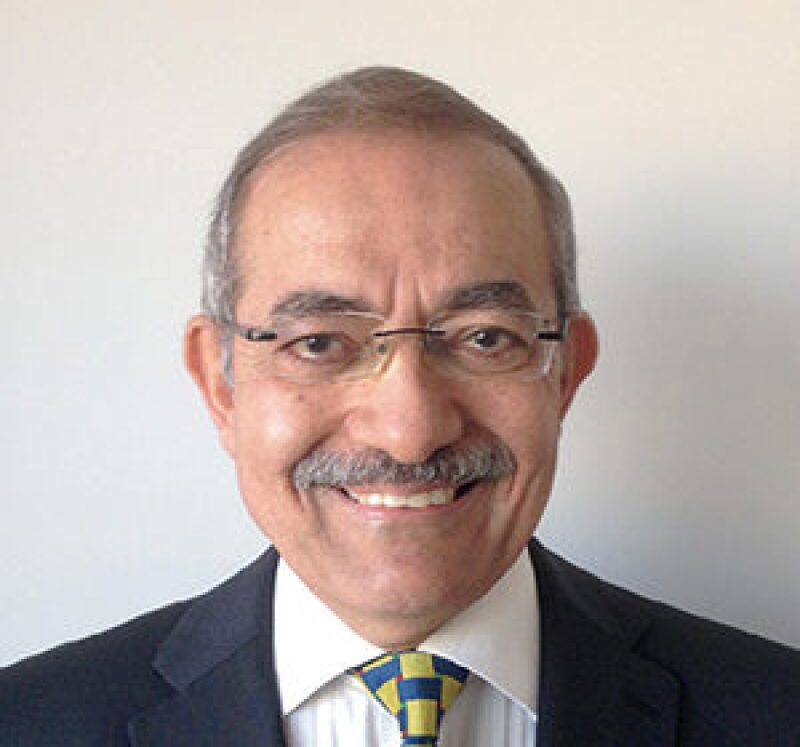
It is not the time to be thinking big in oil and gas facilities. Hisham Saadawi, technical director for production and facilities, said the focus has shifted from megaprojects to smaller projects where the investment management challenges and risks are all lower. Often companies are “looking at existing facilities to maximize return on the investment made,” he said.
That means producing a new field will likely require tying it back to an older platform, where debottlenecking may be required to expand the processing capacity to handle the added input.
There will be opportunities for new technology furthering those goals. Installing a multiphase pump on the seafloor is an option for adding production now, which has been little used in the past.
In the future, subsea processing may be available to extend the life of fields by separating oil and water on the seafloor and injecting the water back into the ground. That can maximize production by making it easier to lift the oil and reducing the equipment needed on the platform.
The focus on spending control has led to increased joint industry projects (JIP) by operators, shipyards, engineering contractors, and classification societies to simplify projects by developing common standards for materials and designs.
Saadawi pointed to one JIP developing standards for offshore bulk materials and instrumentation, such as structural steel, piping, and electrical components. A second JIP is dealing with equipment packages, covering such things as system requirements, selection, testing, and inspection procedures.
The growing use of unmanned vehicles and robotics to support operations has led to the establishment of a SPE technical section on unmanned systems.
“Rather than shutting down the flare and inspecting the tip, [with unmanned systems] it can be done without the shutdown,” Saadawi said.
Tom Blasingame, Reservoir
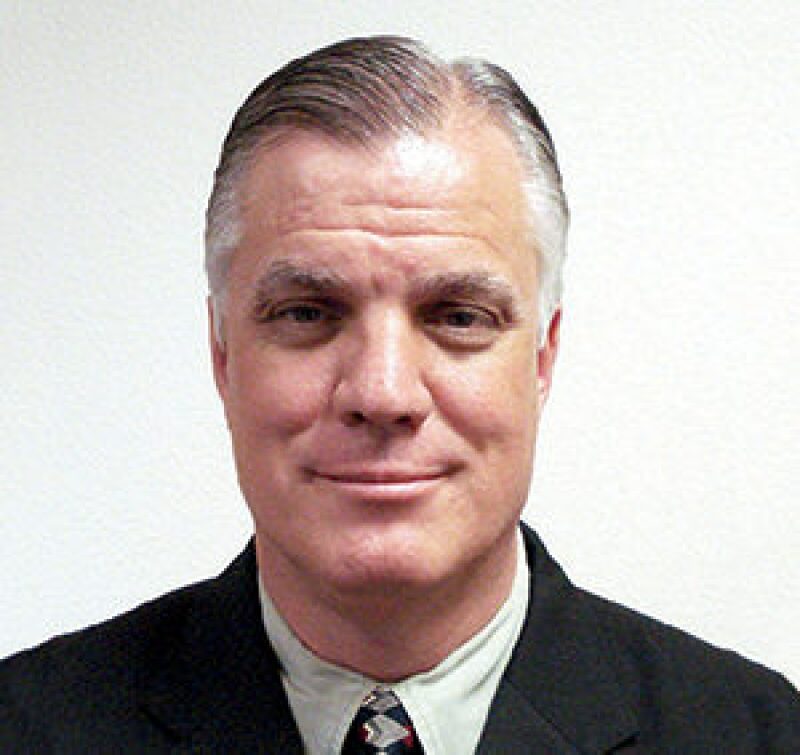
Reservoir engineers have a lot of promises to fulfill. “We were promised big data would save us. That more simulation would save us. And we were promised that we could understand flow regimes at scales we have not been using for the past 100 years,” said Tom Blasingame, technical director for reservoir.
The Texas A&M University professor sees these unfulfilled promises as opportunities for advances in reservoir engineering, saying “the best years are ahead of us.”
Based on a list of 39 urgent technical challenges Blasingame culled from an even longer list of questions raised by his advisory board, there are many years of work to do in reservoir engineering. The tasks range from the practical “We need some sort of tool or method to estimate fracture height,” to the subversive “We need to have a discussion whether or not we should care about the rock permeability.”
The third item on the list summed up the value of the effort: “Increased recovery of oil/gas per dollar spent. EOR/IOR/fracturing, etc.”
These challenges will require the knowledge and problem-solving capabilities of engineers with wide ranges of experience and diverse points of view.
Engineers with long experience, though, are becoming a scarce commodity. After oil prices sank in 2014, the orderly demographic shift of the “great crew change” became “a great crew massacre,” Blasingame said. With the loss of so much experience, “the mentoring and training of the younger engineers becomes even more important since they will no longer have the elder engineers there to guide them” joined the list of challenges.
There has been a major influx of petroleum engineers from record graduation classes this decade. But there are not many engineers working with the experience to take on major responsibilities. “The most valuable person in the industry now is a 10- to 15-year reservoir engineer,” he said.
The next generation, which grew up on crunching data sets, should have so much more to work with due to the explosion of sensors in the field when they start working. But real-world data are still hard to find for students and researchers.
Another group is focused on adapting modeling and analytics to better calculate hard-to-estimate numbers such as unconventional reserves. Blasingame warned that a fundamental knowledge of these formations will still be required because analytics methods can “offer several plausible scenarios, but we do not know what to do with these results without other metrics.”
Blasingame said data and analytics tools need to be adapted to make them easier to use for reservoir engineering. He is looking for analytics programs for reservoir engineers that reflect real-world conditions without extensive math training, which he calls, “data analytics for morons.”
Jennifer Miskimins, Completions
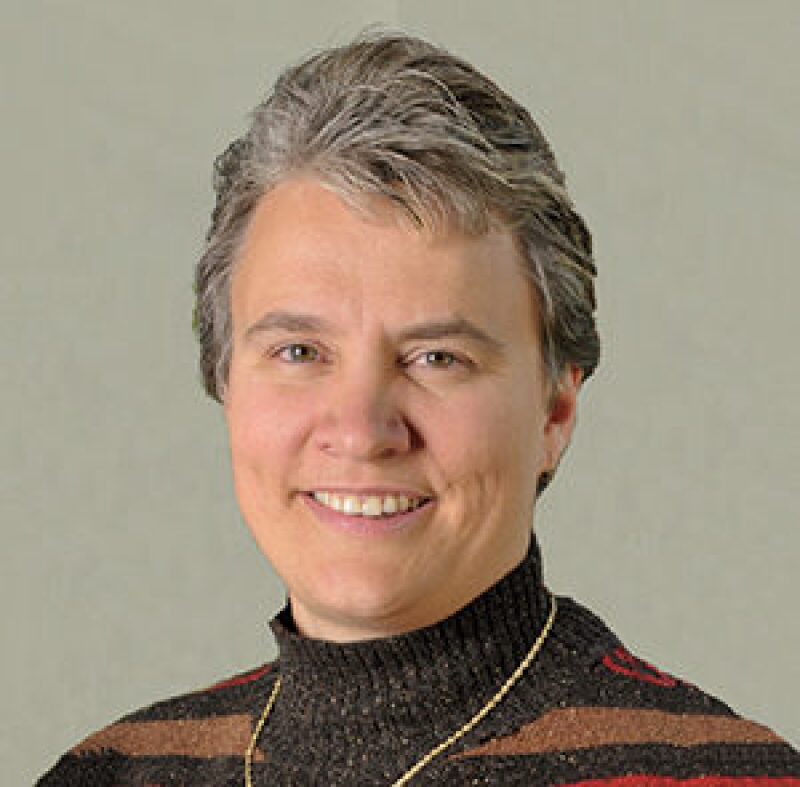
A keyword for completion engineers is interactions. For Jennifer Miskimins, technical director for completions, those range from production-altering pressure surges from well to well during fracturing to collaborations with drillers and reservoir engineers to build more productive wells.
“Integration between disciplines is needed now more than ever before,” she said. The challenge is resolving the often conflicting goals of different disciplines.
Drilling performance is commonly judged based on speed, which is easy to measure. It is widely understood that the value of a completion, as measured by future production, will vary depending on the quality of the well. Generally that means drilling a relatively straight hole through the best rock. But there is no simple, accepted measure for grading that work.
“Acceleration of the drilling speed is leading to problems down the road with completions and production practices, both of which are huge drivers of the ultimate recovery,” Miskimins said. Pressure to create more effective completions is leading to closer looks at the surrounding rock and how it is altered by hydraulic fracturing.
“I do more reservoir engineering now than I ever did before as a completions engineer,” said Miskimins, who is an associate petroleum engineering professor at the Colorado School of Mines.
“We are seeing a renewed focus on understanding how laterals change along its length, and how rock quality changes along its length. We are handicapped a bit because the only measure we have is what is at the wellbore,” she said. Interest in the space between wells has also increased due to frac hits—the interactions between wells when fracturing is going on nearby.
The production lost due to severe hits has made it an industry concern, but further study has shown there is also value in tracking even small pressure changes in nearby wells during fracturing, which can affect future production and offer clues about the formation in between wells. An SPE technical report on the range of ways that hydraulic fracturing can affect nearby wells has been commissioned by the SPE Board of Directors and is expected to be out early in 2018.
As frac hits have revealed details about the formation that had gone unnoticed, fiber-optic measurements have shown that many perforations never grow into productive fractures. The industry is considering a range of ways to ensure more even fracturing, from pumping specially designed grains to divert fluid from the openings that are taking most of the fluid to those that would otherwise be understimulated, to fracturing methods that pinpoint one spot per stage.
Analysis of future production data will determine which approaches have value. Miskimins said the goal is “How to do it faster, quicker, and cheaper, and also optimize that for the long term.”
Johana Dunlop, Health, Safety, and Environment
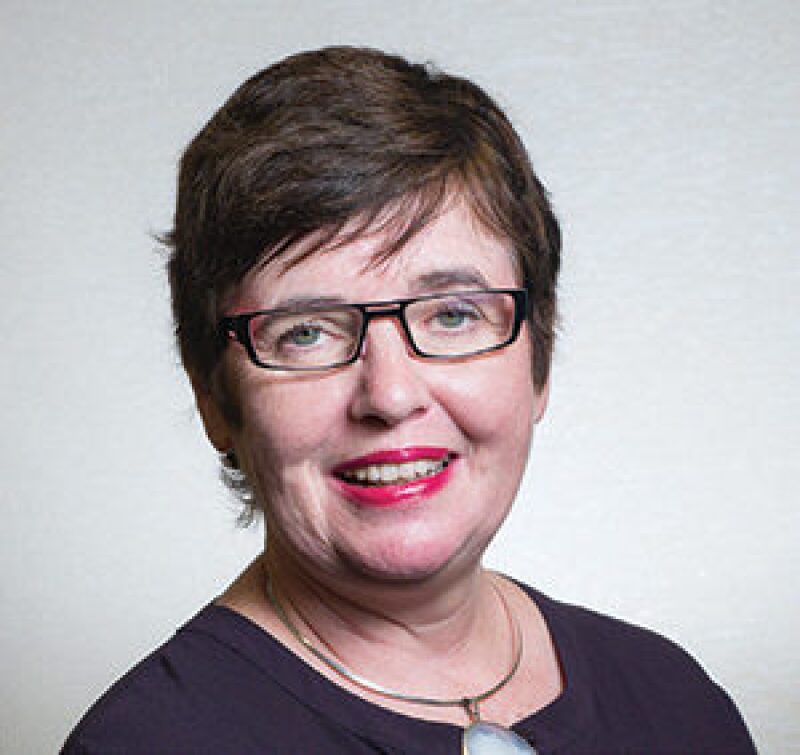
Recognition of industry success is on the growing list of things to do for the new technical director for health, safety, and environment (HSE), Johana Dunlop.
“We spend lot of time focusing on what we didn’t do well; on what goes wrong. We do not spend a lot of time focusing on what we do right or focusing on celebrating people who make the right decisions and potentially save lives or avoid a catastrophe,” said Dunlop, an HSE professional whose work on the SPE Board is the first supported by the Schlumberger Professional Society Program.
Dunlop said that while the industry does not get the credit is deserves for what it does every day, it has work to do on problems ranging from eliminating workplace fatalities to minimizing the impact of oil and gas development. “We have come a long way but we have not come anywhere near to where we can be,” she said.
Changing opinions require taking an active role in quickly addressing problems. “We have to look at ourselves as part of the solution instead of being so defensive.” The reward for doing that is the “value that can be created” by telling the industry’s story to those looking for all the facts.
An example of initiatives taking on an environmental concern is the rapidly growing group of oil and gas companies working together to promote programs to reduce methane emissions.
If their programs can significantly reduce emissions, with the work sustained by selling the captured gas, it could show the industry can address a significant environmental issue on its own, if many other companies follow their lead.
SPE has the opportunity to help spread positive changes by creating programs that will allow companies who do not have the resources to copy what the biggest companies have done to develop programs to identify leaks and capture the methane that can be sold to cover the effort.
To expand SPE’s ability to serve its members, Dunlop is seeking to work with other societies such as the International Petroleum Industry Environmental Conservation Association (IPIECA).
“IPIECA is a good example of companies working together collectively often ahead of regulation to raise the level of understanding and performance” in the relatively uncharted field of managing social and environmental performance, Dunlop said.
Dunlop also wants to attract a larger share of HSE professionals to SPE. While it already is home to many HSE and sustainability professionals, many in the field are not aware of what it offers, she said. That effort includes attracting more of the millennials coming to the industry as older members retire, and also the asset managers who now have more HSE responsibilities due to layoffs.
To do so Dunlop is continuing a push begun by previous HSE directors for greater integration of HSE sessions into conferences reaching a broader audience, such as the Offshore Technology Conference and the SPE Annual Technical Conference and Exhibition.
And to document the value of these HSE efforts, better performance measures are needed. “In newer areas on the environmental and social side we need better data to make decisions and that is very challenging,” she said. Acting as a catalyst to develop widely accepted measures in areas where there are often conflicting points of view will be “hard but essential work that takes time, experimentation, and expertise.”
J.C. Cunha, Management and Information
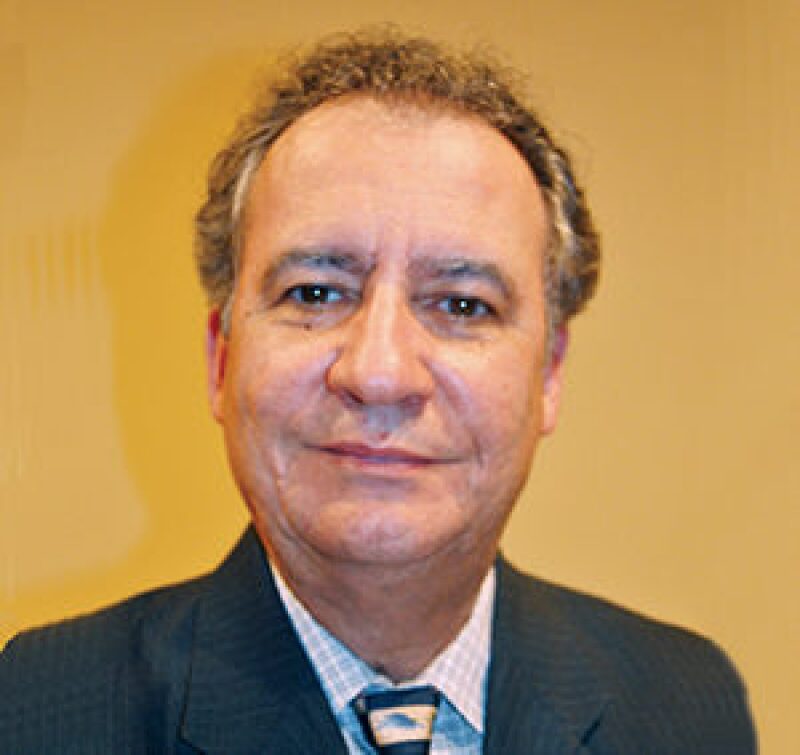
Offshore drilling involves “an amazing set of equipment and high technology … run by human beings.” That sort of human interaction with complex systems has been on the mind of J.C. Cunha, whose term as technical director for management and information ended this fall. He is thinking more needs to be done to “reduce human error in complex systems.”
The need goes beyond effective job training programs. While Cunha is critical of companies cutting back programs to teach those skills, he also sees the value in making decision makers aware of the ways people can snap to bad decisions based on factors ranging from limited information to social pressure.
He pointed to a report released by the US Department of Transportation about the application of “human factors engineering” in reducing human errors in offshore systems. Human factors engineering examines the interaction between external factors such as systems designs and maintenance and human factors such as worker training and risk assessments.
It is easy to point to external factors, like the blowout preventer that failed to stop the surge of oil and gas flowing out of the Macondo well. But that ignores the human aspects related to the failure to notice the dangerous buildup of gas in the wellbore.
“You cannot analyze any accident’s root causes without taking into consideration that interaction,” Cunha said. And that includes executives setting priorities that define the resources and culture at a job site.
In addition to government studies, industry organizations such as the American Petroleum Institute and International Association of Drilling Contractors have human factors engineering initiatives studying the daily decision-making processes used on offshore oil and gas operations.
These could guide companies to improve their systems as part of the federally required process safety programs that are regularly audited.
Research into these interactions could lead to new methods to make workers and managers more aware of human factors that could lead to bad calls. “This is the new type of information and management that we should be looking for to avoid future catastrophic events in our industry,” Cunha said.


